Anger Management for Kids: How can parents help kids learn to manage their anger? 10 ways parents can help kids calm down and recognize big emotions using these great visual tools – the emotion picture cards and calm down picture cards.

Helping Kids Handle Anger With
Asking and then expecting little kids to manage their big emotions is nearly impossible.
Why?
Well, even for adults, this is hard.
But for little kids, it’s not something they’re hard-wired to do.
Yet.
For kids who are still learning and developing each and every day, this isn’t a skill-set they’re born with, any more than they’re born with the ability to tie their shoes.
With a little help from their parents and caregivers, it’s a skill set that’s taught through practice, patience and gaining emotional intelligence as they get bigger.
Turning big explosive emotions into an ant hill, instead of a volcano means kids need to be taught how to self-regulate and calm down, but like any new skill, it requires plenty of practice to learn how to express feelings appropriately, and safely.
Reactions to emotions are learned – from the child’s environment at home (namely parents), other kids, at school and through media they’ve exposed to.
It’s easy for children to become desensitized to violence and act out their anger when the movie they’re watching exposes them to this.
However, they can also learn how to express themselves in calm and respectful ways from modeled behavior by parents, teachers, grandparents, relatives, and limitations to media.
Pssst… be sure to also download your Emotions Identification Chart for Kids down below.
More Reasons Why Children Express Anger:
- Anger is typically a mask to other feelings a child is experiencing under the surface. You have to dig to see what caused the anger…
- Anger is a disguise for sadness, hurt, fear, jealousy and other emotions. Look under the hood to see what comes up when your child feels like talking. Stay away from leading questions, instead let them steer you towards the emotion by describing their feelings.
- Aggressive acts can be a child’s developmental ways of exerting their independence and testing the limits of self-control.
Age-by-Age Guide to Emotional Self-Regulation
Age: Toddler, 1 – 2 Years Old
Child’s Behavior: Taking what they want from others instead of asking or waiting for a turn
Adult Response: Remind your child they can’t take without asking permission and must give the object back until the other person is done with it. Distract the child with another activity or toy. This is how children learn to get along and play with each other.
Age: Preschool, 3 – 5 Years Old
Child’s Behavior: Hitting and/or biting strikes at this age as a form of asserting oneself
Adult Response: Using hands and acting aggressive towards others isn’t acceptable behavior. Acknowledge your child’s feelings but be firm that this behavior isn’t allowed. Name the feelings and action, to bolster the child’s emotional intelligence and understanding of the emotion at this age.
Age: School-Aged, 6 – 8 Years Old
Child’s Behavior: Backtalk, not listening, door slamming and eye rolling.
Adult Response: Your child is beginning to assert their independence and opinions in unwelcome ways. It’s time to give your child space to calm down by themselves before you reason with them or talk it out. Emotions run hot at this age and children are learning about self-control.
Once the dust has settled, name the emotions and behavior and ask the child for better solutions to their behavior so they can build a toolbox of appropriate and calm responses.
Anger Management for Kids: 10 Ways Parents Can Help Kids Calm Down
-
Be Consistent with Your Response
An even-tempered and calm, consistent response from the adults in the child’s life will teach them how to react to everyday frustrations and challenges, without their first response being big, hard-to-handle explosive behavior.
If you’re a calm parent, your child will learn how to calm their reactions as well.
Helpful Resources for Parents:
- How to Discipline Kids Without Yelling: 7 Tools to Help
- The Real Reasons Parents Yell: How to Stop Yelling At Your Kids
-
Model Emotional Regulation
The best way to teach children how to handle their emotions – and especially anger – is to model it for them. You are the best example for your child when it comes to constructively handling behavior, reactions, and emotions in various circumstances.
Children learn by seeing and doing – not reading it in a book or being told how to act. Your example is what your children will emulate.
Helpful Resources for Children:
- Handling Toddler Tantrums: Big Emotions & Helping Your Toddler Feel Heard
- Parents: 5 Steps to Teach Kids How to Manage Big Emotions (Free Printable)
- 6 Ways to Help Children Identify & Express Their Emotions
- Help Your Children Understand Emotions and Develop the Emotional Intelligence They Need
-
Remind the Child it’s Not Okay to Hurt Others
If a child’s first reaction is to lash out when they feel upset and angry, parents first reaction should be to respond calmly and remind the child it’s never OK to hurt others, or property. Then, this goes back to #1 and #2 above – find where your child has been modeled this behavior and work hard to change it.
Helpful Resources for Children:
- Anger Management: Calm Down Tools Kids Can Use Anywhere
- How to Use Time Outs and Correct Misbehavior Without Breaking Your Child’s Spirit
-
Use the 3:10 Calm Down Formula
The 3:10 calm down formula helps kids refocus their emotions and body for 30 seconds on something soothing to wipe away the anger and intense emotions and help their body come down from code red.
Here’s how the 3:10 Calm Down Formula works:
- Guide your child through this several times until they get the hang of it and can recognize the technique when you stop them and say, “let’s do the 3:10 calm down trick for a second.”
- First, place one or both hands on the tummy and take three deep breaths, feeling the stomach expand as you inhale deeply and then slowly as you blow out the air slowly.
- Next, have your child close their eyes and count to ten slowly. Once they reach ten, while keeping the eyes closed, take another deep breath and count backwards from 10 to 1. Open the eyes.
- The best approach is to use the 3:10 approach before the child has lost control, and when they feel their body giving off warning signs it’s buzzing from anger.
This is a very simple calm down technique but it gives children – and adults – time to slow their body down and redirect their focus from anger to relaxation.
Using this set of calm down cards to provide kids with solutions that will help them manage their emotions and cool off.
-
Create a Calm Down Space to Chill Out
Create a calm down space in your home for any of your children to use when they want is a great way to let them be alone and calm down by themselves, or just as a getaway spot when they feel overstimulated, tired and want to be by themselves.
This helpful article will share more tips on creating a calm down spot in your home and what low sensory items do best to calm down children.
-
Express Emotions by Naming Them
Young children express anger and other frustrations simply because they don’t know how to express themselves in any other way other than with aggression.
Showing feelings with big displays such as hitting, tantrums, kicking, screaming and running away are typical responses for children who don’t know how to communicate their feelings yet.
The first step is to teach emotional intelligence to a child by helping them connect the dots of emotions and behavior.
For example:
- “You hit your sister because you are angry she took your toy without asking.”
- “I see you are sad and crying because your feelings got hurt when your friend didn’t want to play.”
- “It looks like you’re frustrated you can’t untangle the rope and it makes you mad.”
Acknowledging big feelings and tying them to a behavior helps children understand the range of emotions and in time, name them without an adult’s help.
Asking your child to “tell me how you feel” when they don’t know what feelings are, is unrealistic unless they’ve been taught.
Emotion picture cards are a simple tool to help kids identify emotions and build emotional intelligence.
Using emotion cards helps children not only learn about feelings, but recognize body language of others and their feelings as well.
Once kids learn to recognize their feelings, you can begin to have a conversation to help them find solutions and problem solve on their own.
-
Use “My Emotion” Cards or a Feeling Poster to Help Name Emotions
Children are very visual learners – not only by what behavior their parents model for them, but also with pictures. Two valuable tools to teaching children how to recognize emotions is by using emotion cards and a poster of emotions with facial expressions.
Download Your Printable Emotions Identification Chart for Kids
These are valuable tools because:
- Kids learn names for all the different emotions
- They can recognize facial expression of others and read their emotions
- Communicate through the visual cues even when they can’t find the words to describe the emotion
-
Help Kids Connect Emotions to Body Language & Warning Signs
Explaining to children that when we listen to our body, we’ll hear warning signs about how we feel, especially when we are getting angry.
Learning to recognize these warning signs cues us into our feelings and when these warning signs show up, kids can learn to take calm down measures into their own hands and help them stay out of trouble.
Body Language Warning Signs:
- Clenched fist
- Grinding or clenched teeth
- Fidgeting
- Racing heart
- Flushed cheeks
- Bubbling in the Stomach
- Breathing Faster
Teach kids to look for these warning signs before their anger is triggered and then they can dip into their calm down toolkit for anger management strategies to help them chill out.
-
Use Calm Down Cards and a Calm Down Poster
Kids need opportunities to calm down, otherwise they may not know what to do how to stop bodies from going crazy. When they are used to getting in trouble and this is the only behavior they know, they’ll keep getting in trouble but if they know how to make a better choice, they can learn to replace angry behavior with positive alternatives.
Not only due visual cards help kids learn and name their emotions, but they can offer helpful suggestions to calming down as well.
Here are is a great set of calm down cards – the download will be emailed to you as PDF printable files to print at home or take to your local print store.
If you’d rather not use calm down cards, create a list of calm down ideas for your child to look at and chose from when they need and keep it in a handy spot they can find on their own.
For example:
- Ask for a hug
- Go for a bike ride
- Shoot baskets
- Use the 3:1 Calm Down Formula
- Put on headphones and listen to music
- Work on a puzzle
- Draw pictures
- Drink a glass of cold water
- Sing a song
- Jump on a trampoline
- Take a shower or bath
- Walk away
-
It’s Ok to Ask for Help
Sometimes, children cannot solve a problem by themselves and need to ask an adult for help. Encourage them to reach out and ask you to support them through this wave of big emotions and help them find constructive solutions to deal with their anger.
Helping Kids Build Calm Down Habits to Deal with Angry Behavior
It’s a research proven fact that building new habits and changing old behaviors takes at least 40 days of practice, not the 21 days we hear so often.
This means, to build these calm down skills and practice using the 3:1 Calm Down Formula successfully, parents need to encourage their kids every day for at least 3 weeks to practice them.
Practicing these new skills repetitively helps kids naturally build a stronger, more acceptable calm down toolbox and leads them to having more peaceful relationships and lives.
Need a little extra handling your child’s big emotions? Here’s a FREE Parenting Course to help you both turn things around.
Related Resources:
- How to Discipline Kids Without Yelling: 7 Tools to Help
- The Real Reasons Parents Yell: How to Stop Yelling At Your Kids
- Handling Toddler Tantrums: Big Emotions & Helping Your Toddler Feel Heard
- Parents: 5 Steps to Teach Kids How to Manage Big Emotions (Free Printable)
- 6 Ways to Help Children Identify & Express Their Emotions
- Help Your Children Understand Emotions and Develop the Emotional Intelligence They Need
- Anger Management: Calm Down Tools Kids Can Use Anywhere
- How to Use Time Outs and Correct Misbehavior Without Breaking Your Child’s Spirit
Want even more?
Shop All Parenting Resources
Shop all of our parenting resources from self-regulation tools and managing big emotions to building self esteem and confidence. There are resources for all seasons of life!
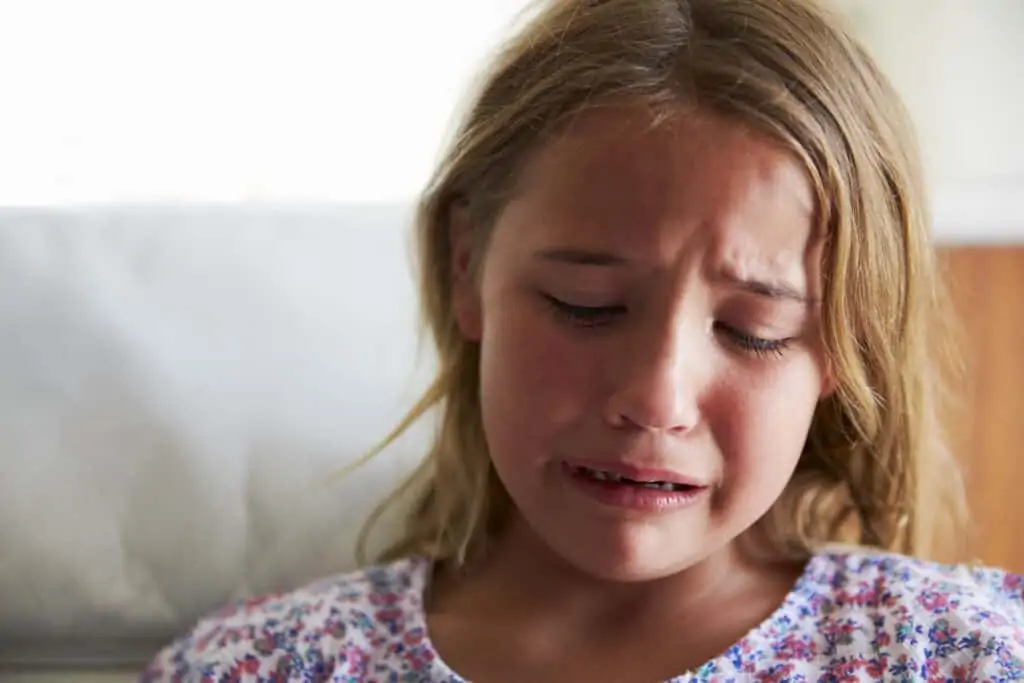
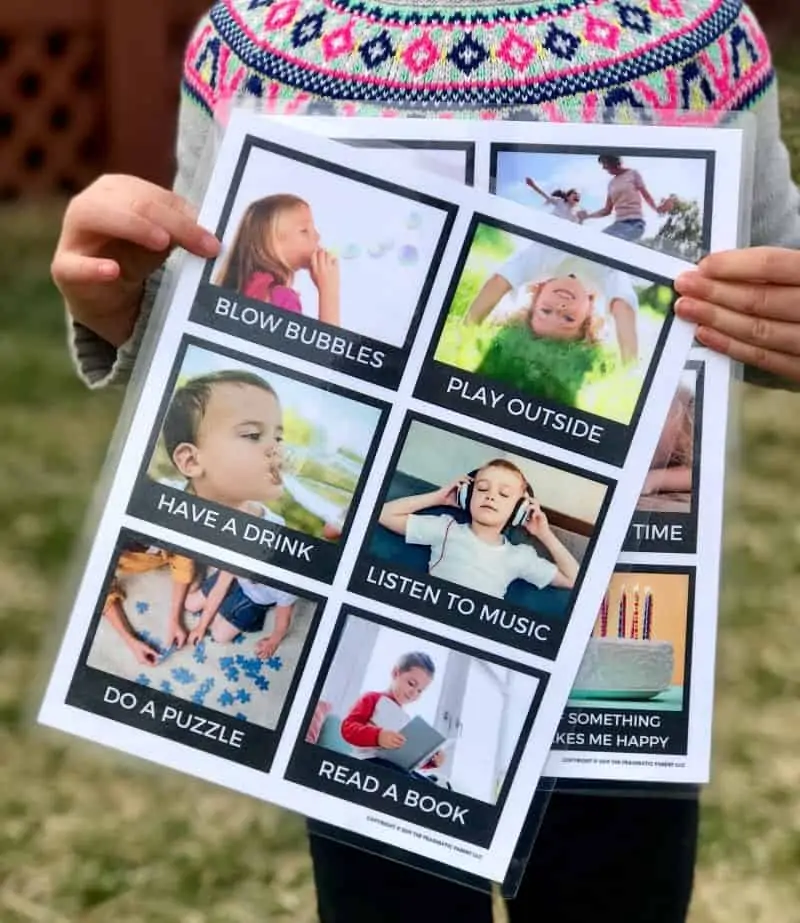
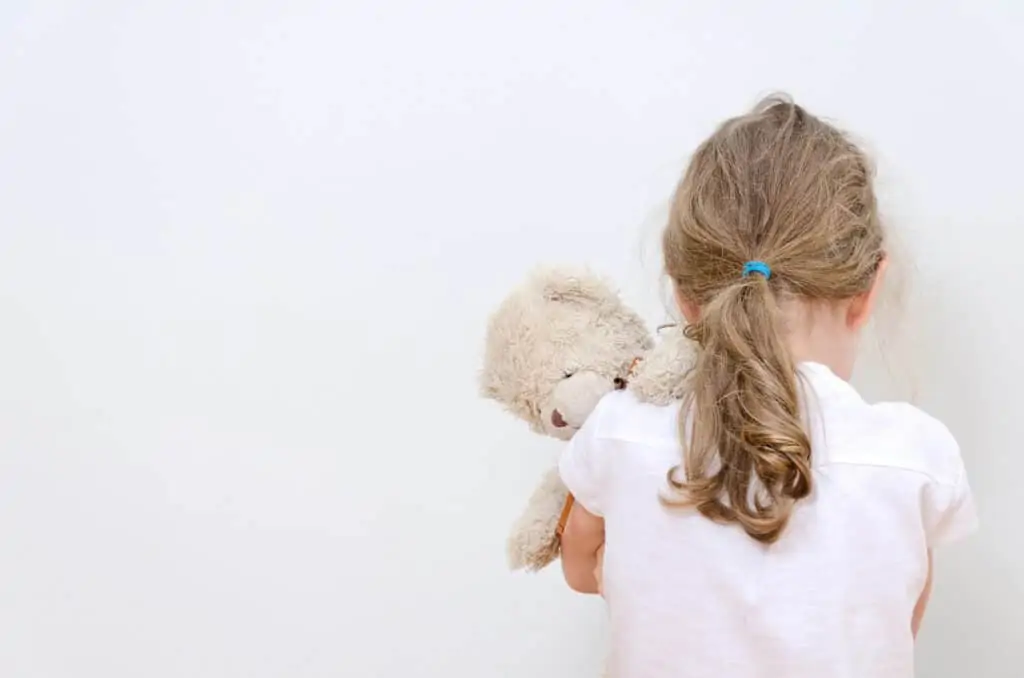
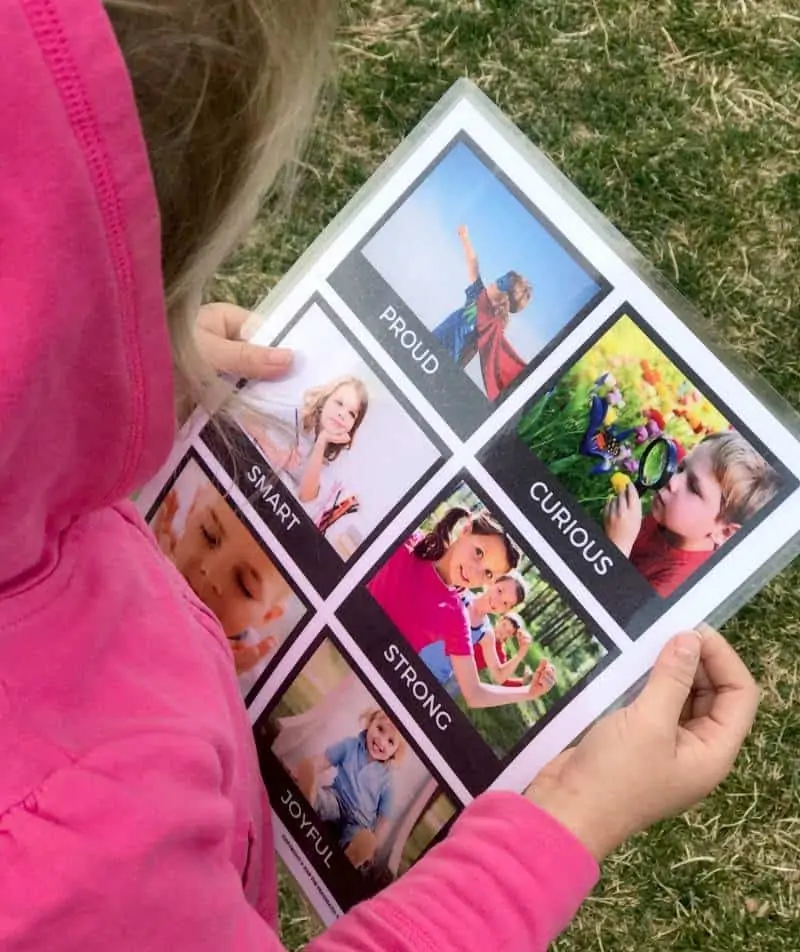
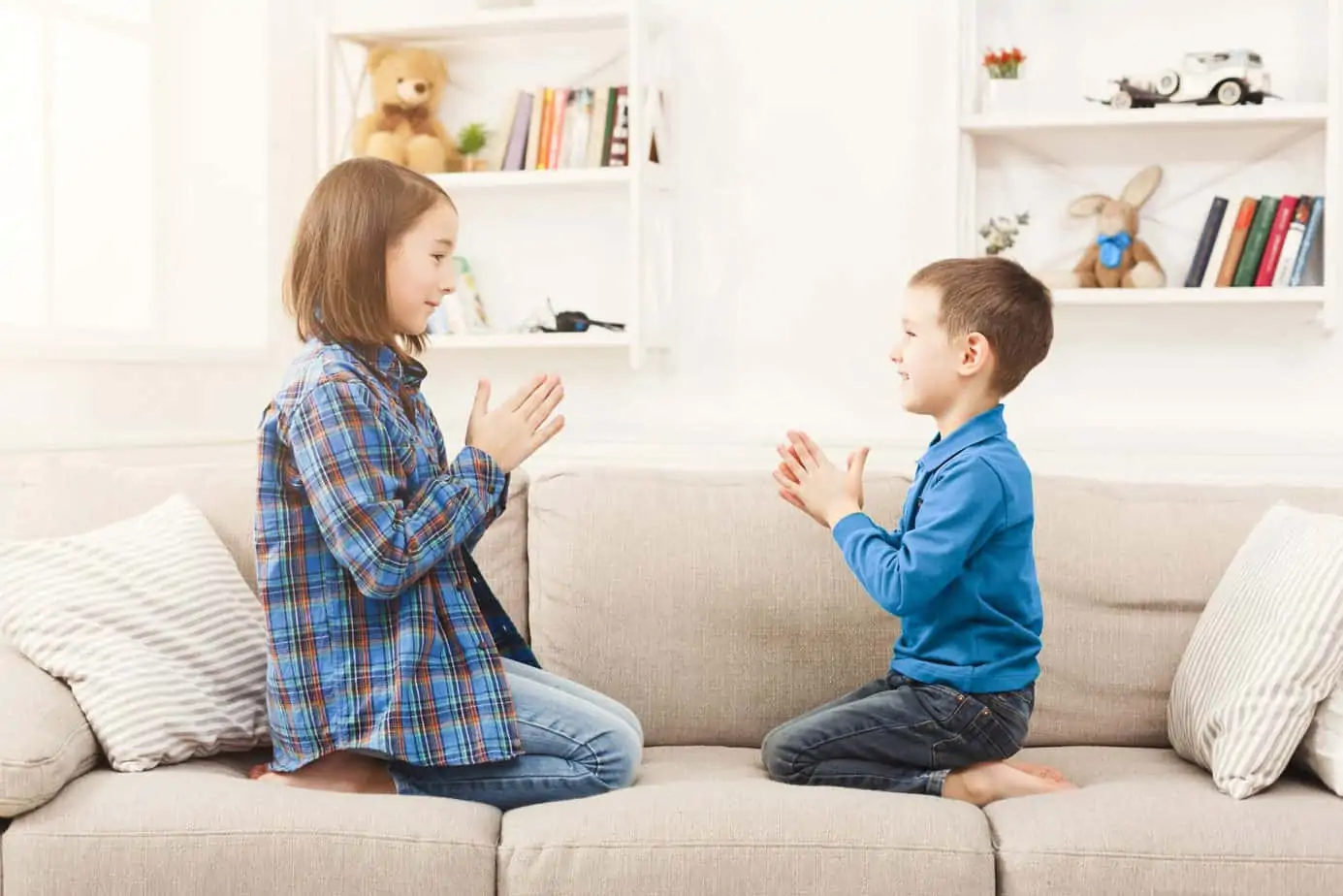



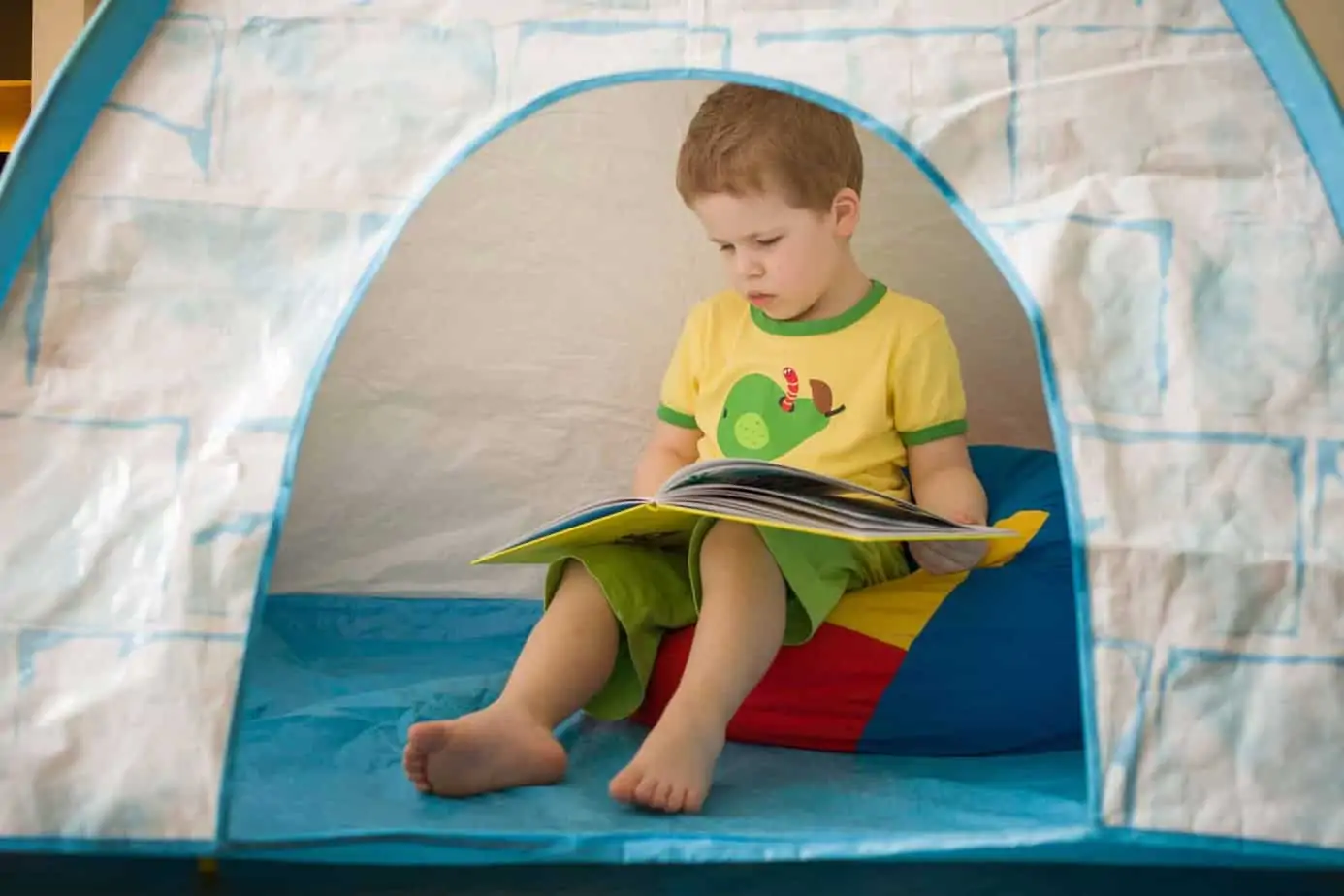


Anger is a really serious issue. Kids should be able to express their feelings in a safe way. Parents should help them out to relieve anger in a safe way for everyone. There are various anger management techniques that you can use. You have given some great examples here.